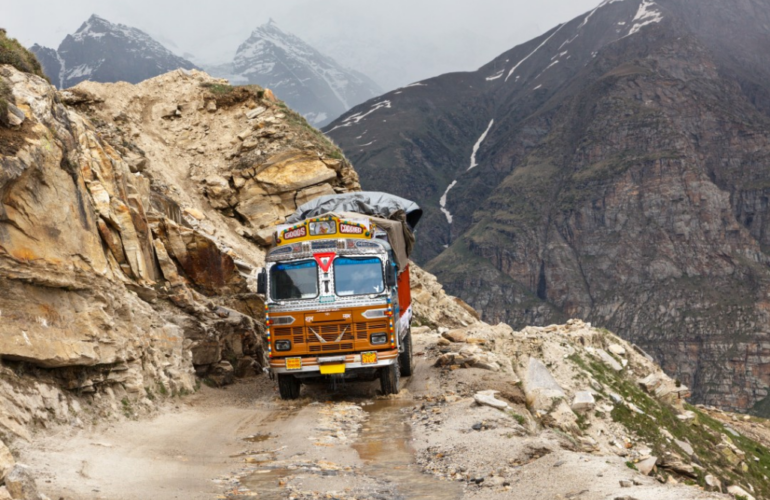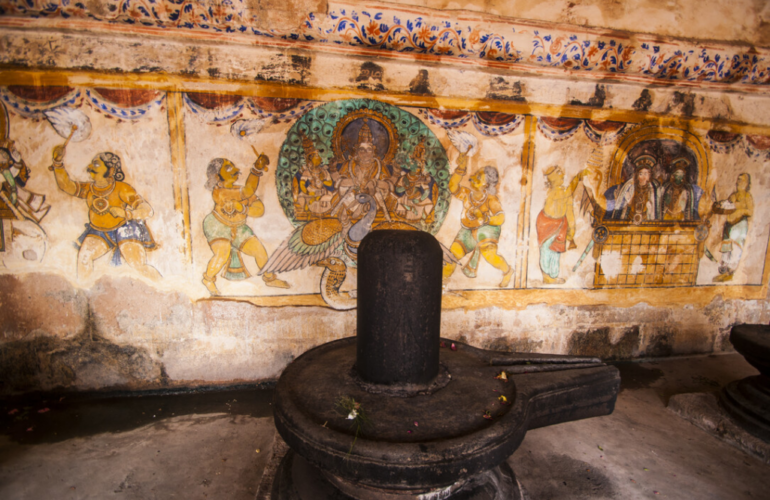Transformers – Digital Age of Indian Logistics Industry
“If you wanna save your soul
From hell a-riding on our range
Then, cowboy, change your ways today”
A song lyric by Johnny Cash holds great relevance in the strategy that one follows for the economic growth of our country. India’s inadequate logistics infrastructure traditionally has been the leak that diminishes the efficiency of our industries. India’s logistics cost is assessed to account for somewhere close to 13-14 percent of the GDP. This contrasts poorly with the expense of 7-8 percent for developed countries.
One of the critical purposes behind its unfortunate usefulness is the absence of automation in coordinated logistical operations. India is a work excess and capital shortfall country, in this manner it is a lot less expensive to send work than to put resources into say a cart, transport line framework, Laptops, or PCs. Regardless of the general high planned operations costs, specialist organizations battle to acquire benefits and are frequently substituted for the smallest expense differential. On the entire, there is an absence of a premium for innovation-driven, automated coordinated factors processes over customary ones.
Automation and Digital Transformation along with Infrastructure Planning, Implementation, and Monitoring will give the industry a much-needed upgrade. This will likewise cut down the time and cost overwhelm of the activities. Interest in innovation has been at a much lower level in India when contrasted with many developed countries. The pandemic expanded business pressures, further dissolving the speculation abilities of coordinated operations organizations. Strangely, given the positive outcome of India’s technology industry, and strategies, suppliers can’t find innovative assets, for example, data scientists, advanced mechanics trained professionals, operations research specialists, and so forth.
However, change is in the air and India’s logistics industry is becoming coordinated and innovation-driven through digital transformation. Right now, India’s logistics industry is esteemed at $250 billion and utilizes over 25 million individuals directly. It is relied upon to grow up to $380 billion by 2025. As per the reports distributed by Statista Research Department, the market benefit of warehousing by 3PL (Third Party Logistics) in India is assessed to reach nearly $8 billion in the fiscal year 2025. The rise is comparable even in the transportation business. The market worth of transportation by 3PL is assessed to reach nearly $14 billion in the financial year 2025.
India is likewise at the center of a digital framework-building bonanza for the logistics industry. The public authority’s National Highways Development Project means to grow the country’s present superhighway network of 2074 km and plans to add 20,000 km of greenfield freeways by 2024. The Bharatmala project is expected to build 83,677 km of expressways by 2024.

Yet, Digital Transformation is quietly in progress and will redefine the Indian logistics industry over the course of the following ten years. There is presently a whole age of new businesses, focussing on addressing India’s logistics issues conveying cutting-edge innovation. Likewise, the public authority has pushed digitization in a significant manner through drives, for example, E-way bills, Fasttag, E-invoicing, GPS-based cost, and so on.
The falling expense of innovation, for example, Cloud computing, GPS trackers, IoT sensors presently empowers much more modest operations organizations to modernize their frameworks. Indeed, even a recently begun logistics organization can benefit itself from elite innovation at an exceptionally low month-to-month cost.
The logistics industry can undoubtedly incorporate their frameworks with bigger planned logistics organizations or their clients to offer constant visibility of stock and shipments. This democratization of innovation of an enormous wrap of the operations area can possibly jump India’s coordinated factors in front of many fellow economies and, surprisingly, developed economies.
One of the vital patterns for future development will be the rise of Green Logistics. With India focusing on Net Zero outflows across areas, Logistics organizations should decrease their carbon impression simultaneously and develop quickly. Digitization will likewise help in numerous ways.
For instance, India is acquainting GPS-enabled Toll with a guarantee of no wastage of fuel and resultant discharges across many Toll Plazas. Currently planned operations, parks are working with solar-powered rooftops and sell without carbon power as opposed to consuming it. E-commerce organizations have focused on delivering 30% of shipments utilizing Electric Vehicles.
India is ready for a huge development in the logistics sphere. The pandemic has sped up the reception of advanced digital technologies and set up for what’s to come. India needs a flourishing and proficient operations area to accomplish its development targets, and digital transformation is key to delivering astonishing results.
“We Must Not Forget What We Have Learned of Our Past. From Its Lessons, The Future Is Forged.”
Source: LinkedIn













